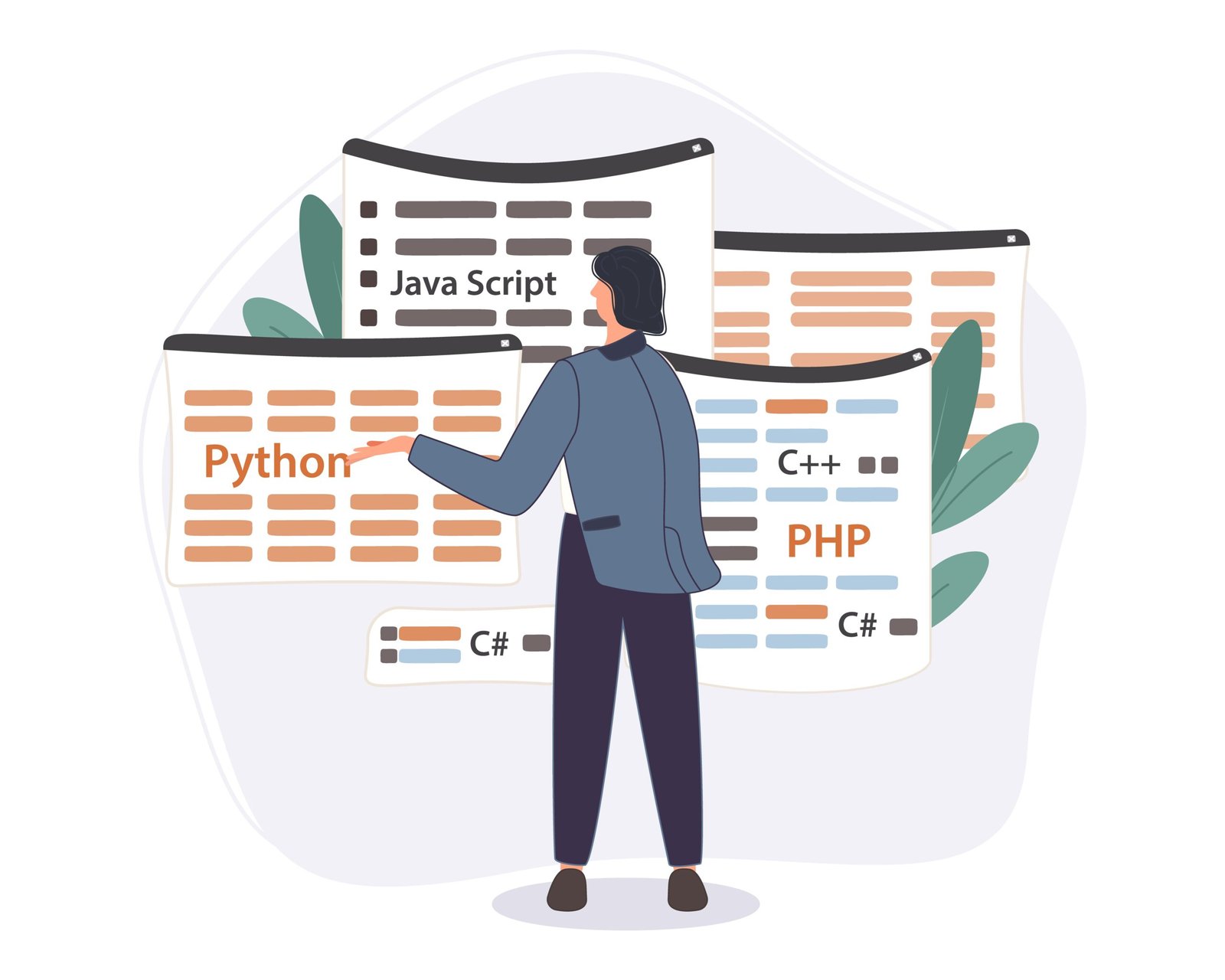Selecting the appropriate backend technology stack is a pivotal decision in the development of a web application. The backend, often considered the engine that powers the application, encompasses the server, database, and application logic. Making the right choices here significantly influences the application’s performance, scalability, security, and future maintenance. In this blog post, we’ll delve into essential considerations and factors to guide you in choosing the ideal backend technology stack for your web application’s success.
Understanding the Needs and Objectives of your web application
Understanding the needs and objectives of your web application lays the foundation for a successful backend technology selection. Consider various aspects such as anticipated user traffic, the complexity of the application logic, data processing requirements, and the necessity for real-time data handling. Assessing these factors helps in defining the scope of the application, which, in turn, guides the choice of the backend technology stack. Moreover, evaluating the competitive landscape, user expectations, and potential market trends also influences the decision-making process, ensuring alignment with business objectives and future growth plans.
Scalability and Performance of your backend technology.
Scalability and performance are vital elements to consider when choosing a backend technology stack. Scalability involves designing a system that can accommodate an increasing number of users without compromising performance. Ensure the backend technology provides options for vertical or horizontal scaling based on anticipated growth. Additionally, consider the performance benchmarks required for your application, such as response times, throughput, and load handling capacity. Evaluate how different backend technologies handle these performance metrics and their ability to scale in a cost-effective manner without sacrificing performance quality.
Database Management Systems (DBMS)
The choice of the database management system plays a pivotal role in backend development. Depending on your application’s data handling needs, you might opt for SQL (relational databases) or NoSQL (non-relational databases) solutions. SQL databases like MySQL, PostgreSQL, and SQLite are known for their structured data storage and ACID compliance, ideal for applications with well-defined schemas and complex relationships. On the other hand, NoSQL databases such as MongoDB, Cassandra, and Redis excel in handling unstructured or semi-structured data and offer high scalability and flexibility.Explore more about the differences between SQL and NoSQL databases in this comprehensive comparison.
Server-Side Scripting and Frameworks
Choosing the right server-side scripting language and framework is crucial for efficient development and maintenance. JavaScript-based Node.js offers non-blocking I/O operations, enhancing application scalability and performance. Python, with frameworks like Django or Flask, provides clean syntax and strong community support, ideal for rapid prototyping and large-scale applications. Ruby on Rails and PHP frameworks like Laravel offer ease of development and robust ecosystem support. Assess factors such as the learning curve, community size, ecosystem maturity, scalability, and extensibility of the chosen server-side scripting language and framework.
Security Considerations
Ensuring robust security measures within the backend is paramount to safeguard sensitive data and protect against potential threats. Evaluate the security features offered by different technologies, including data encryption methods, secure authentication mechanisms, protection against common vulnerabilities, and compliance with industry regulations (such as GDPR, HIPAA, etc.). Prioritize backend technologies that offer comprehensive security features, audit trails, and regularly updated security patches to mitigate risks associated with data breaches, unauthorized access, or malicious attacks.
Community Support and Ecosystem
The strength of the community and ecosystem surrounding a backend technology stack significantly influences its adoption and long-term viability. Consider the size and activity level of the developer community, availability of documentation, resources, third-party integrations, and support for ongoing development. A vibrant community often translates into better support, more comprehensive documentation, frequent updates, a vast array of libraries, and readily available solutions to common issues. An active ecosystem fosters innovation, provides solutions to challenges, and facilitates smoother development and maintenance processes for your web application.
Testing, Maintenance, and Support
The ease of testing, maintenance requirements, and available support resources for the chosen backend technology stack are crucial for the long-term success of your web application. Look for robust testing frameworks, debugging tools, scalability testing environments, and available support channels. Assess the ease of maintaining and updating the application over time, ensuring that the backend technology stack chosen offers efficient debugging, comprehensive testing, scalability, and reliable support for addressing potential issues or evolving requirements post-launch. Establishing a clear plan for ongoing maintenance, updates, and support ensures the application’s stability and adaptability to changing demands.
Choosing the right backend technology stack for your web application is a multifaceted decision that involves a thorough understanding of your application’s needs, scalability requirements, data handling, and long-term objectives. It requires evaluating various factors such as scalability, database management systems, server-side scripting languages, security, community support, and testing frameworks. A well-informed decision based on these considerations will empower you to develop a robust, scalable, and secure web application that meets user expectations, supports future growth, and remains adaptable to evolving technological landscapes.
At InvisionWeb, we’re passionate about crafting immersive digital experiences that prioritize quality and innovation. Our extensive portfolio showcases a diverse array of successful projects, ranging from website designs to cutting-edge mobile applications. We take pride in leveraging the latest technologies and best practices in web and app development to cater to our clients’ unique needs. If you’re interested in witnessing firsthand the remarkable projects we’ve delivered over the years, feel free to explore our comprehensive portfolio of websites and apps here. From intuitive user interfaces to complex backend functionalities, each project reflects our commitment to excellence and client satisfaction.

